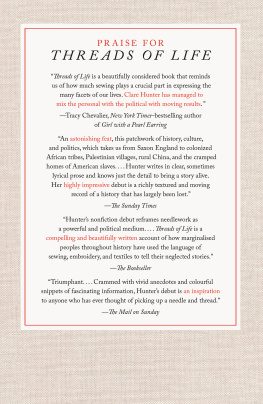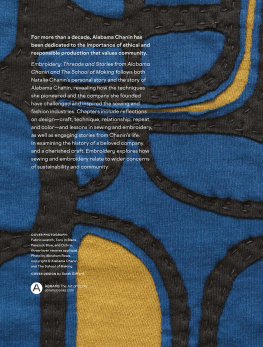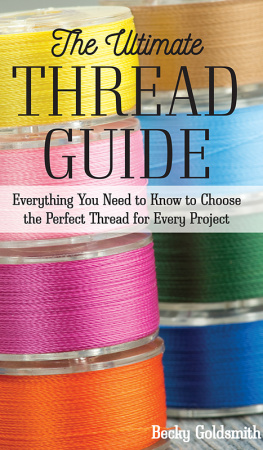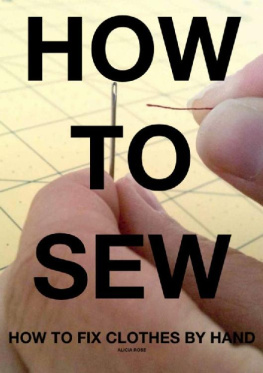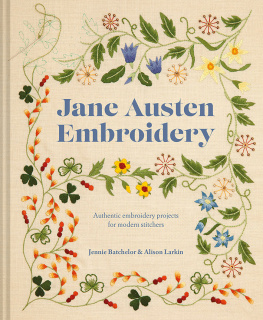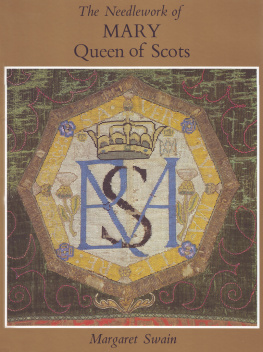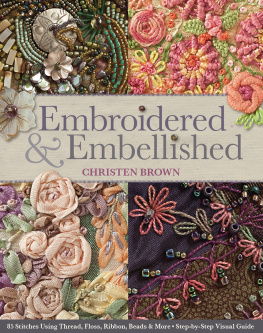Contents
Landmarks
Page List
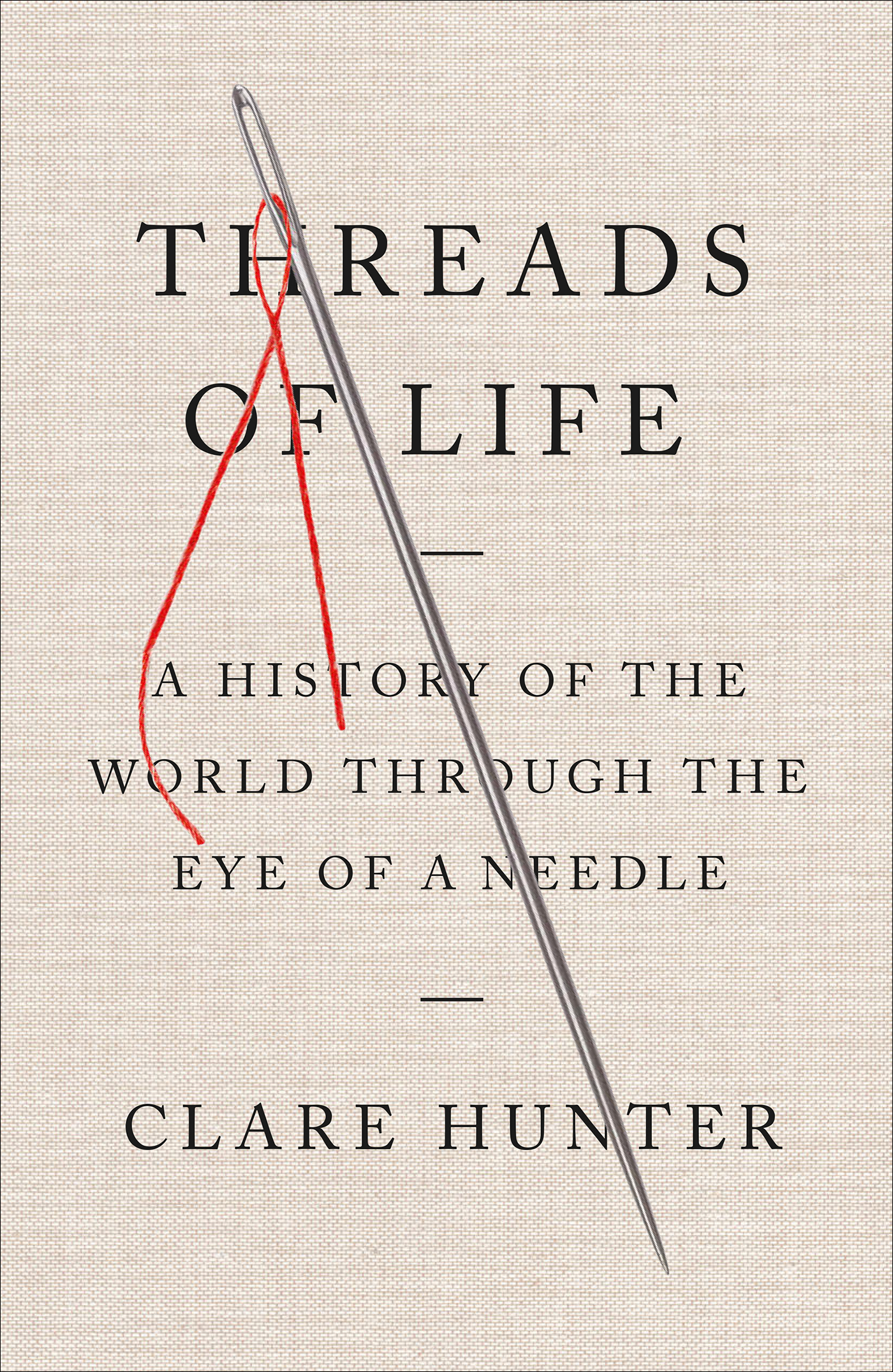
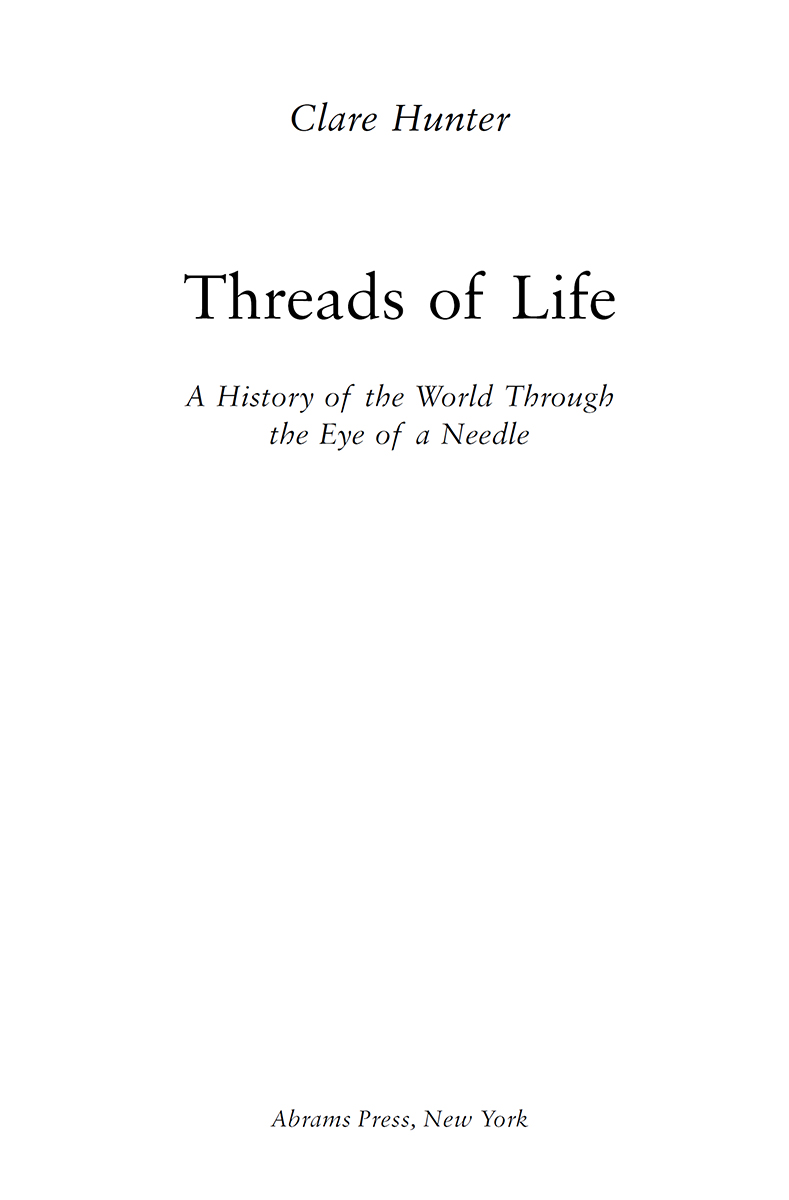
Copyright 2019 Clare Hunter
Cover 2019 Abrams
Published in 2019 by Abrams Press, an imprint of ABRAMS. All rights reserved. No portion of this book may be reproduced, stored in a retrieval system, or transmitted in any form or by any means, mechanical, electronic, photocopying, recording, or otherwise, without written permission from the publisher.
Library of Congress Control Number: 2019930880
ISBN: 978-1-4197-3953-8
eISBN: 978-1-68335-771-1
Abrams books are available at special discounts when purchased in quantity for premiums and promotions as well as fundraising or educational use.
Special editions can also be created to specification.
For details, contact or the address below. Abrams Press is a registered trademark of Harry N. Abrams, Inc.

ABRAMS The Art of Books
195 Broadway, New York, NY 10007
abramsbooks.com
To the NeedleWorks team, board, volunteers and communities; Anne Munro, champion of communities and banners; and Glasgows Thursday Group, who share my love of sewing.
Acknowledgements
In August 2013, when I was browsing the books in the Edinburgh International Book Festivals tent, I discovered a rose crafted from newsprint. Attached to it was a handwritten paper tag. On one side was the message A Gift for You, and on the other... freedom, books & the moon. Oscar Wilde. I took the rose to the counter and asked its price. The assistant said it was free, one of fifty left that day by an anonymous paper artist who had been depositing beautifully crafted homages to literature in libraries and art venues since 2011. It was a gift.
At the time, I was wrestling with a decision: whether to apply for the creative writing course at the University of Dundee. I decided the rose was a sign, a talisman. I sent off my application the next day. I made a pact with myself that day in Edinburgh that, if I was ever published, I would tell this story so that the leaver of the rose would know that her kindness had made a difference.
For help with research I would like to thank: Claire Anderson; Liz Arthur; Ellen Avril of the Herbert F. Johnson Museum of Art; Ruth Battersby Tooke of Norfolk Museum Service; Harriet Beeforth and Vivian Lochhead of the Peoples History Museum, Manchester; Jean Cameron; Eileen Campbell; Ian and Thalia Campbell; Sally and Anthony Casdagli; Dr Annette Collinge of the Embroiderers Guild; Common Ground; Andrew Crummy; Ginnie and John Cumming; Laura Dolan and Dr. Adele Patrick of Glasgow Womens Library; Cat Doyle and Jocelyn Grant of the Glasgow School of Art Archive; Alison Duke, Dr. Carol Hoden, David Mendez and Carolyn Walker of the Coram Trust; Kerry Harvey-Piper, Charlotte Hall and Shannen Long of the Peace Museum, Bradford; Ann Hill; Claire Hewitt; Cristina Horvath of Biggar & Upper Clydesdale Museum; Alan Jeffreys of the Imperial War Museum, London; Professor Janis Jefferies of Goldsmiths College; Elizabeth Kemp; Alison King; Elspeth King of the Stirling Smith Art Gallery and Museum; Ryan Mackay and Anne Munro of Pilmeny Development Project; Sue Mackay of the Thackray Medical Museum, Leeds; Olivia Mason; Rachel Mimiec; Moniack Mhor; Frank and Jane Mood; Deidre Nelson; Emily Oldfied of the British Red Cross Museum and Archive, London; Hannah Frew Paterson M.B.E.; Kathrin Pieren, Joanne Rosenthal and Alice Quine of the Jewish Museum, London; Lauren Purchase of the National Poetry Library; Janet Richards; Lindy Richardson of Edinburgh College of Art; Joanne Rosenthal and Eveline Sint Nicolaas of the Rijksmuseum, Amsterdam; Irene Spille of Stadtverwaltung Worms; Danielle Sprecher of the Quilters Guild Collection; Bruce Steinhardt of Art and Remembrance; Jayne Stewart of The Hunterian, University of Glasgow; Dr. Jill Sullivan of the University of Bristol Theatre Collection; Emily Taylor of the National Museums Scotland; Hilary Turner of the Bodleian Libraries, Oxford; Rebecca Quinton of Glasgow Museums, Burrell Collection; Annette Weber of the University of Heidelberg; Gill Williams of Fingask Castle; Susan Kay-Williams of the Royal School of Needlework; Revd Gillean Craig of Kensington Parish, London and the Womens Library, London.
For being patient readers and giving advice and encouragement: Jake Arnott, Ewan Armstrong, Simon Callow, Sophy Dale, Robert Dawson Scott, Janice Forsyth, Catherine Jeffrey, Anne Higney, Roger Hill, Ed Hollis, Rosslyn Macphail Clare Manning and Louise Welsh.
For permission to use quotations: Mary Myamss sampler: Courtesy of the Jewish Museum, London; Extract from Carry Greenham by Peggy Seeger and published by Harmony Music is reproduced by kind permission of the author and the publisher; Lorina Bulwers sampler: Courtesy of the Thackray Medical Museum, Object number LTM: 598.001; Louise Buchholtzs sampler: Courtesy of Norfolk Museum Service, Object number: NWHCM: 1965.332.1, Extract from the Billet Book courtesy of the Foundling Hospital, which continues as the childrens charity Coram, Ref: 15700-15799 Feb. 23rd 1760; Quotes from Ernest Thesiger courtesy of the University of Bristol Theatre Collection Ref: PFT/000065; Extract from Hymn of the National Celebration Skirt, Withuis Jolande (1994) Patchwork politics in the Netherlands, 194650: women, gender and the World War II trauma, Womens History Review, 3:3, 293313, DOI: 10, 10.180/09612029400200057; Extract from Menzies Moffat poster courtesy of the Biggar & Upper Clydesdale Museum; Extract from Ann Macbeth courtesy of Glasgow School of Art Archive, Ref. No: GSAA/EPH/9/2/1.
For much needed early encouragement: Alison Bell, Jennie Erdal, Lucy Jukes; and Kirsty Gunn, Eddie Small and the late James Stewart of University of Dundees M.Litt in Writing Practice and Study.
To Creative Scotland and the National Lottery for support with the funding of my research.
To my faithful and never-doubting agent Jenny Brown of Jenny Brown Associates and my editor Juliet Brooke at Sceptre without whom this book would have been far less interesting, and all her supportive colleagues.
Lastly to my long-suffering husband Charlie and my uncomplaining children Kim and Jamie who will no longer need to ask when The Book will be finished.
Beginning
You cut a length of thread, knot one end and pull the other end through the eye of a needle. You take a piece of fabric and push your needle into one side of the cloth, then pull it out on the other until it reaches the knot. You leave a space. You push your needle back through the fabric and pull it out on the other side. You continue until you have made a line, or a curve, or a wave of stitches. That is all there is: thread, needle, fabric and the patterns the thread makes. This is sewing.
1
Unknown
Sometimes I dream about textiles. A quiver of moonlit banners drift colour streams across a mirrored lake. Yards of soft-sheened silk are flung by villagers edging a river bank, cast into the waters flow, the people watching silently as the cloth, ripple-etched, is carried out to sea.
Most of my dream settings, however, are more prosaic; a deserted warehouse, a musty charity shop in which rails of clothes stand abandoned. I trail my hand through long-forgotten fabrics crpe de chine, duchess satin, tulle net grazing my knuckles on a crust of beading, smoothing down languid lengths of fringing, stroking the braille of lace, drumming my fingers along a rhythm of pleats: small collapses of spent glory, discarded, uncherished, their makers unknown.

